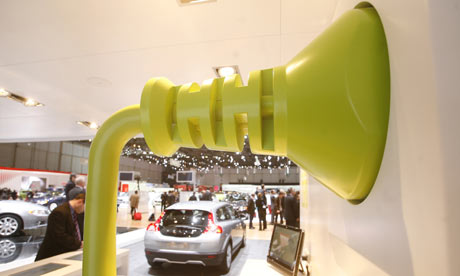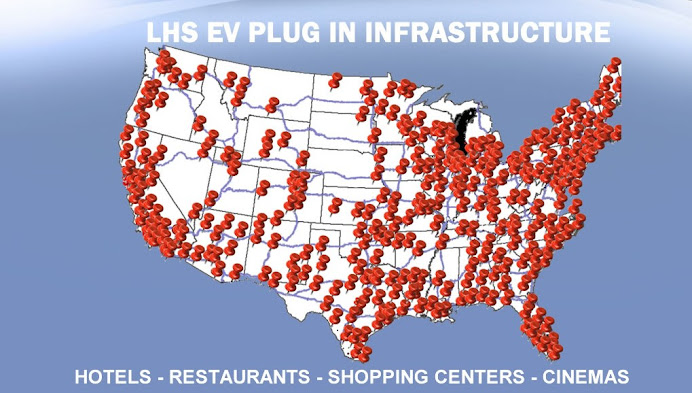 After four years of development, Augusta electric vehicle maker Tomberlin Group is ready to produce the Anvil, a four-person, street-legal, low-speed electric car.
After four years of development, Augusta electric vehicle maker Tomberlin Group is ready to produce the Anvil, a four-person, street-legal, low-speed electric car."Tens of billions of miles are driven every week by people commuting less than seven miles," company executive Mike Tomberlin said. "We think we have a neat alternative and solution."
More than 60,000 neighborhood electric vehicles are already on streets across the country, said Jennifer Watts, spokeswoman for the Electric Drive Transportation Association.
"It is a growing market. People are finding how useful the vehicles can be as a second vehicle. More fleets are purchasing them," Ms. Watts said.
Even the Army wants 4,000 electric cars in operation at its bases by 2011 for passenger transport, security patrol, maintenance and delivery services.
It is asking for bids.Mr. Tomberlin said the Anvil will target a niche market: close-by commutes and planned communities, such as Riverwood Plantation on Washington Road in Evans, or gated golf course communities, such as West Lake. He calls it an "aggressive" neighborhood electric vehicle targeting an area that is being served by vehicles based on a golf car platform.
"We felt that we could deliver a better owner experience if we were able to design an electric vehicle from the ground up," Mr. Tomberlin said. He said the market for the neighborhood electric vehicles is in the billions of dollars. New York-based International Market Solutions studies the small, task-oriented vehicle market, which includes forklifts and golf cars and neighborhood electric vehicles. By 2012, it reported, the entire market could reach $5.5 billion in sales. The marketing firm sees a lot of that growth in neighborhood electric vehicles.
"Heading into an environment of continuing increases in the cost of hydrocarbon- and bio-based fuels and stringent regulation of emissions, IMS sees major opportunities for small-vehicle manufacturers across all segments, especially when it comes to electric power," said Stephen Metzger, International Market Solutions' managing director.
Gasoline prices might not be high enough to drive a demand for the vehicles, but there is a tax credit that could spark some interest, Ms. Watts said. The American Economic Recovery and Reinvestment Act of 2009 has a 10 percent tax credit, up to $2,500, for the purchase of a electric scooter or neighborhood electric vehicle.
Golf car makers E-Z-Go and Club Car have been diversifying over the years into low-speed electric vehicles for uses off the golf course, including neighborhood transportation.
Mr. Tomberlin said he has a "healthy respect" for the two golf car giants that make Augusta the electric-vehicle capital of the world but doesn't feel his company really competes with them.
The Anvil has the appearance of a small Jeep. It has been driven on Broad Street in tests. "Neighborhood electric vehicle" is a federal classification, so it is limited to a 25 mph speed. The Anvil, which is recharged through a normal household plug, has a range of more than 40 miles. "Driving these things around Manhattan will be a real kick," said Batt Humphries, Tomberlin's marketing director.Tomberlin executive Andy Johnson said production will begin at the end of July. The vehicle will be assembled locally.
Source : Augusta Chronicle, by Tim Rausch, June 28th, 2009










.jpg)
.jpg)




